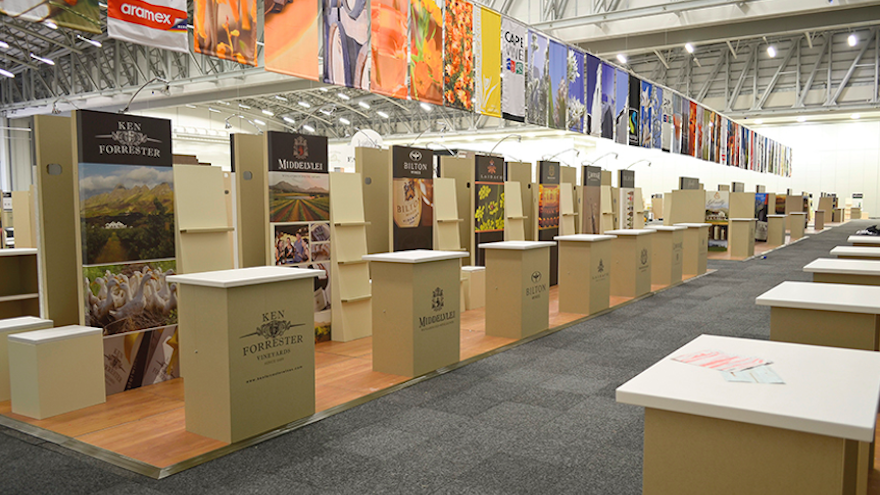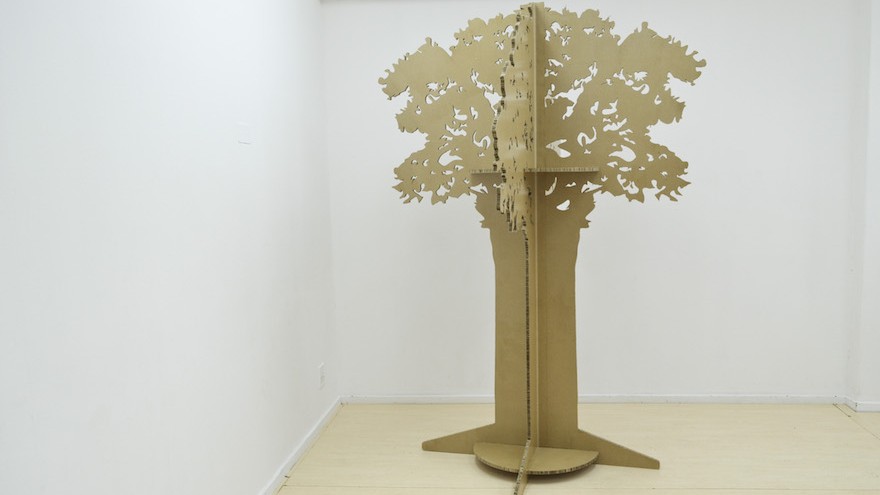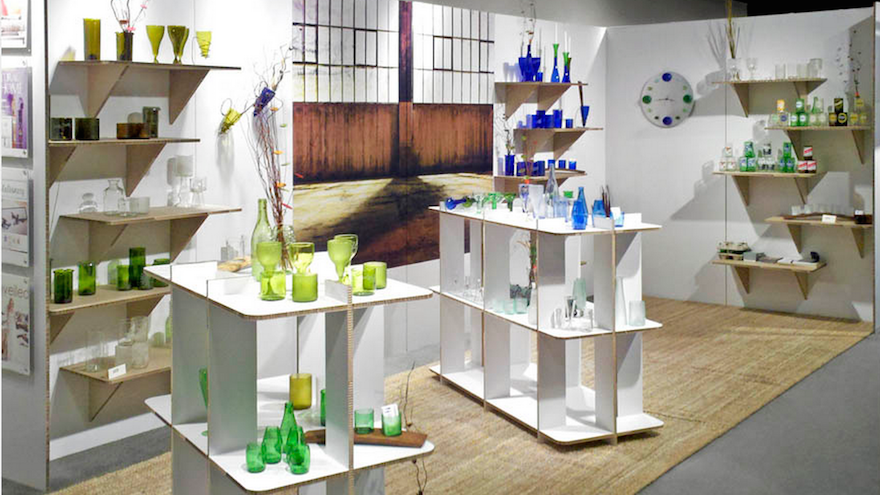As the world’s landfills reach their brim, it is increasingly imperative that designers and engineers develop sustainable alternatives. Single use objects, such as food packaging and one-day or short event structures, are often used and discarded. But this doesn’t have to be the case.
At the beginning of 2015, New York City banned the use of polystyrene foam (often called styrofoam) as it was deemed to be unrecyclable and hazardous to wildlife. Although more than 70 other cities across the States have already made this move, the addition of New York will have a huge impact as the city's population (eight million plus) is significantly larger than any other city supporting the ban.
The movement in the States towards compostable food packaging reflects a small shift in people’s behaviour, a nudge towards being a more responsible consumer.
More thought is now being given to the life cycle of products. Instead of quick turnover from production to landfill, designers and producers are considering how product might instead be recycled, composted or reused.
Some manufacturers are already ahead of the game. In an old army barracks in Somerset West, South Africa, Xanita is going to war with waste. Thanks to its cradle-to-cradle design philosophy, Xanita’s X-Boards need never see the inside of a landfill. Each board starts as post-consumer waste (waste paper and cardboard, etc.) and can be repulped into board again, and the process is repeated.
Inspired by the use of sustainable materials in Scandinavia, James Beattie founded Xanita in 2006 when he saw the potential for a light, durable recyclable product that was strong enough to use in the building industry. With the advent of large format flatbed digital printing, Beattie was able to produce finished, branded or designed items on demand.
The board is versatile and currently used in permanent shop fittings, one-day events, by informal traders and in fixtures in shebeens.
Xanita has partnered with the Design Indaba for four years. In 2012, Xanita constructed the 278 stalls at the Wine of South Africa (WOSA) expo – the most eco- friendly expo of them all. The stalls at WOSA 2015 will be made of Xanita again and, at Design Indaba Expo 2015, Xanita X-Board will be used to build large custom stands and signage.
The board is one fifth of the weight of traditional plasterboard and can be flatpacked for transport. The board can be curved, folded, printed, laminated, painted and weatherproofed. It is a real alternative to timber or plastic and is in a cost bracket down from wood-based alternatives.
The Design and Innovation centre at the Xanita factory are pushing the boundaries of this material even further: here the possibilities of the product are being realised. Xanita’s designers conceive of new ways to use the board, and new ways to construct displays and units that can be built and packed away in less than 30 seconds by the client.
“The board itself is the raw ingredient,” says Beattie, “and the designers are the masterchefs. They are the ones constantly having to push out more and more 'dishes'.”
Ironically, for a cradle-to-cradle product, one newer use of the Xanita board is for custom made coffins in Germany, Belgium, the UK and Australia. Where pressure on the need for land for housing means that cremations are on the rise, Xanita board coffins can have personalised prints and can be easily cremated or buried to make their way back into the circle of life through the earth.










